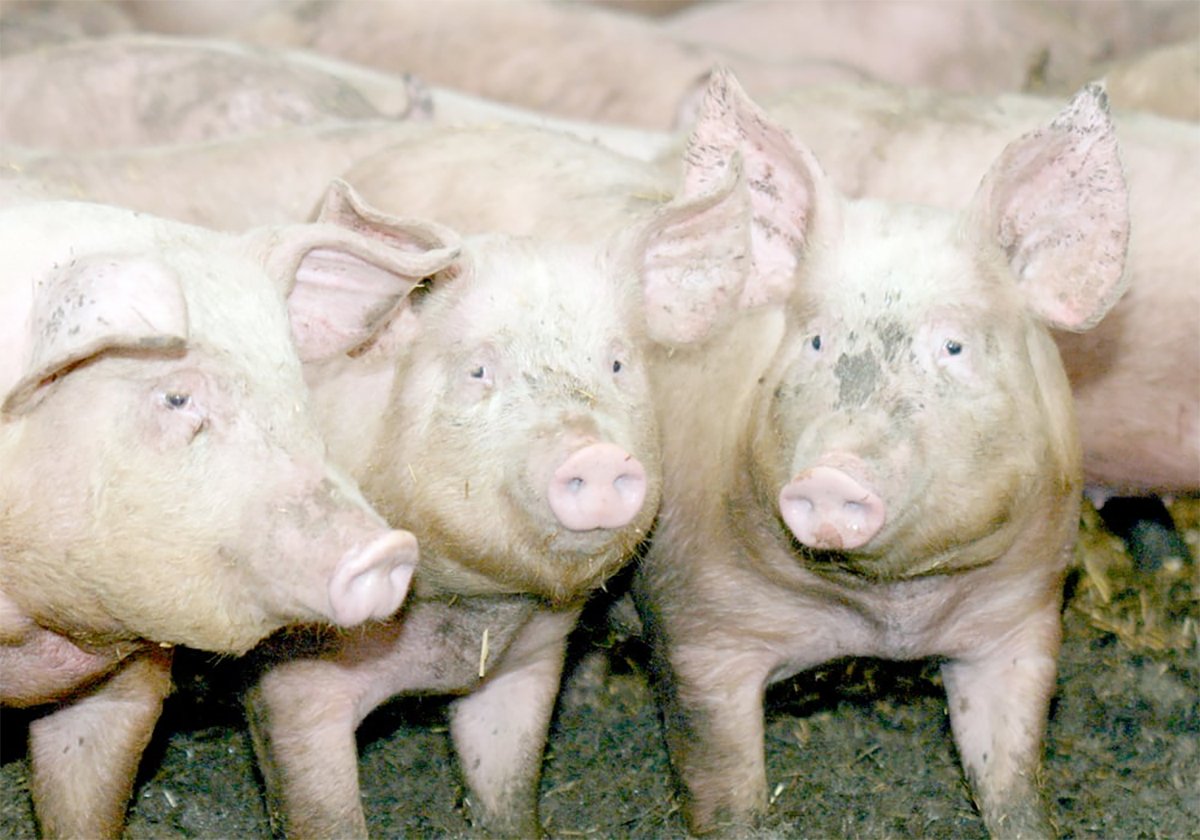Timely delivery of quality colostrum is integral to the health of dairy calves.
That isn’t news to dairy producers, Dr. Gordon Atkins acknowledged at a recent calf management workshop in Lethbridge.
However, more attention can be paid to colostrum quality, said the University of Calgary veterinary medicine professor and researcher.
The dairy code of practice recommends calves receive at least four litres of high quality colostrum, and at least half of that should be administered within the calf’s first six hours.
Read Also

The Western Producer Livestock Report – November 13, 2025
Western Producer Livestock Report for November 13, 2025. See U.S. & Canadian hog prices, Canadian bison & lamb market data and sales insights.
Atkins advised against feeding too much at once and recommended testing the colostrum for quality.
“Every modern dairy should be monitoring the quality of their colostrum,” said Atkins.
He demonstrated a basic colostrometer, which works by measuring specific gravity of the milk, as well as the BRIX refractometer, which will give immediate readings of immunoglobulin concentration, referred to as IgG or serum level.
Atkins said a serum reading of 10 grams per litre was once considered the gold standard for colostrum, providing good passive transfer of antibodies to calves.
However, he said levels of 15 to 20 should be the new standard.
“The higher we can get that serum IgG level, the more protection that calf is going to have” against respiratory pathogens, navel infections and other health problems, he said.
Atkins also recommended pasteurizating colostrum, which has become more affordable with improved equipment. Freezing is a good way to preserve colostrum for later use, but Atkins cautioned producers to pay attention to the container to avoid bacterial contamination.
Care must also be taken to warm frozen colostrum slowly so its benefits are not destroyed by excess heat.
The veterinarian favours giving colostrum through a bottle feeder rather than an esophageal feeder.
Allowing calves to suck a bottle or a nipple bucket has benefits over the longer term.
“Researchers tell us that it is important,” he said. “It’s important to influence secretion of insulin. There’s certain hormones in the digestive system that it’s important for. And we know that calves after they’ve been fed, if they’re in groups, they want to suck each other to satisfy that sucking stimulus.”
Feeding from nipples reduces calves’ urge to suck on each other. However, nipples can harbour cryptosporidia bacteria, which can be difficult to sterilize without harming the rubber.
Calves’ sucking desire is also satisfied in auto feeding systems, but too many calves result in competition, and less aggressive animals may not get enough milk.















